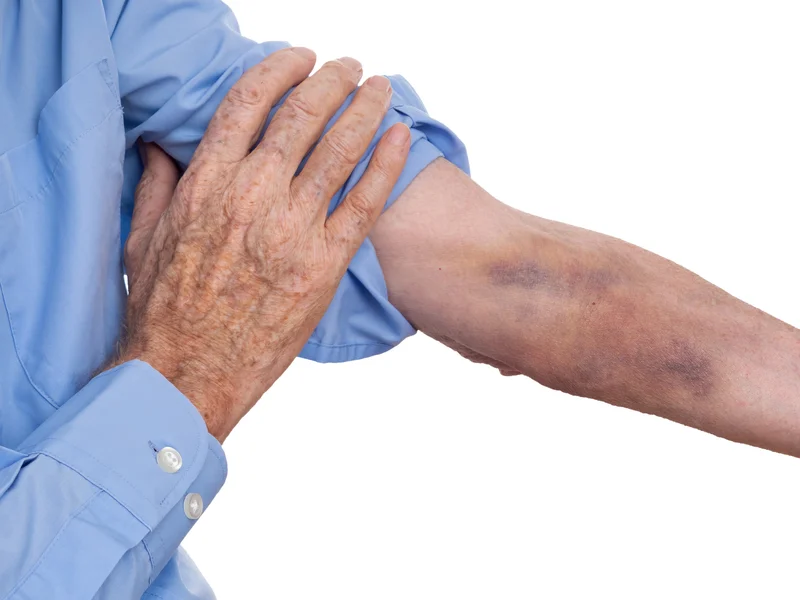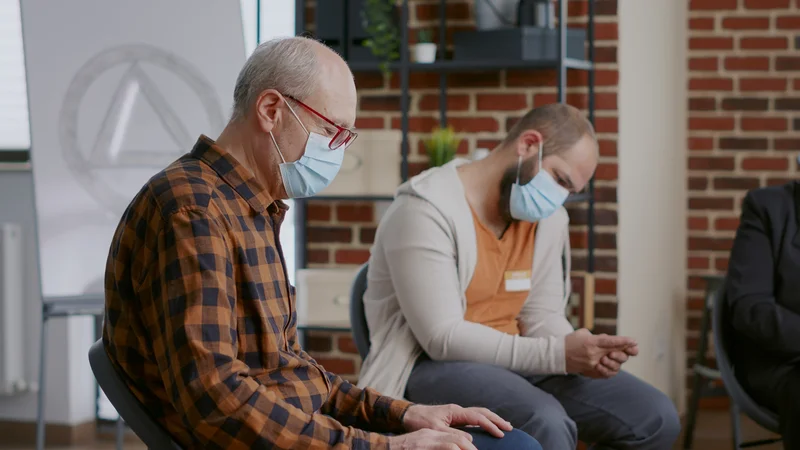
Some halfway houses offer programs such as education and job training to help residents successfully transition back into society. Other halfway houses may be only a residence for those committed to recovery and provide transportation to and from day programs. In addiction-recovery houses, a resident’s stay is sometimes financed by health insurance. In addition, a stay in a recovery house might be what is a halfway house a partial requirement of a criminal sentence.
- Those approved for home confinement must adhere to detailed schedules, submit to electronic monitoring, and receive regular check-ins from supervising authorities.
- Supreme Court held that zoning laws could not limit the number of unrelated individuals living together in a group home for recovering addicts, as it violated the FHA.
- For those placed there after being released from prison, halfway home confinement has strict rules.
- If you spend the last portion of your sentence in a residential reentry center, or halfway house, you will be responsible for arranging transportation to your home when you are released from the halfway house.
Inmate Mail
It also helps to prevent the accumulation of clutter and promotes a tidy and organized living environment. Courts refers to halfway houses as Residential Reentry Centers (RRC), which are managed by the Federal Bureau of Prisons. Residential Reentry Centers provide individuals with home confinement and the necessary resources to improve their lives and reconnect with their communities. For those specifically interested in facilities tailored for men, you can explore more details about sober living homes for men. Additionally, there are sober living options for young adults that cater to the unique needs of younger individuals seeking recovery. Before making plans to visit a loved one, confirming this information with the staff is a good idea since halfway houses have different rules.
- In addition, visitors should not cancel a scheduled visit unless there is an emergency.
- The reason why some residents of halfway houses are allowed and encouraged to come with their reading materials is because some of them might be preparing for exams or job tests, etc.
- This option is designed to help inmates adjust to life outside prison while maintaining accountability and public safety.
- Federal halfway houses recognize this and provide various opportunities and structured policies to facilitate meaningful reintegration.
The Role of Alternatives in Reentry Strategies
Finally, transitional housing is designed for people who are currently experiencing homelessness. Like other halfway houses, they forbid the use of alcohol and other drugs. The purpose of this program is to help participants develop skills and find employment. Your living space in a halfway house should be comfortable and accessible, but many halfway houses have restrictions on what can be brought in. Sobriety You should also be certain to pack essentials, such as toiletries, clothing, medication, identification, and chargers.

Every year, tens of thousands spend time in halfway houses

Other facilities have restrictions in place that require medications administered by staff members. Residents of a halfway house may be encouraged or required to work or attend school as part of their transition back into society. This may include job training or assistance with finding employment, as well as support for educational pursuits such as GED preparation or college courses. By participating in family programs, engaging with the community, and following visitation guidelines, residents can build a strong foundation for successful reintegration and long-term stability after release. Home confinement, sometimes called home detention, house arrest, or electronic monitoring, is another alternative to incarceration. Under this arrangement, eligible individuals serve part of their sentence in their residence, subject to strict supervision and movement restrictions.

